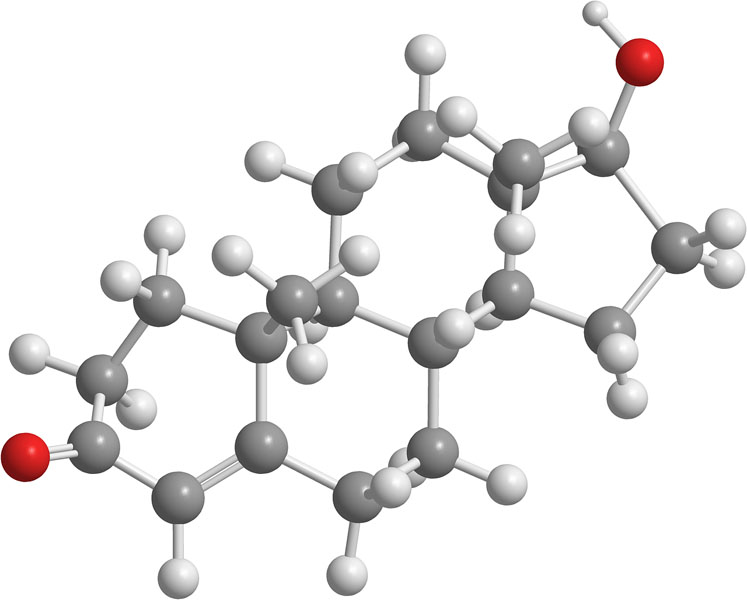Biovis’ Diagnostik, a medical laboratory based in Limburg, Germany, has been at the forefront of saliva diagnostics since 2012, providing comprehensive testing to improve the analysis of hormone-based disorders.
The company was founded in 2004 to offer a broad range of clinical diagnostic tests, including gastrointestinal, immune and metabolic analyses. The company began looking into the benefits of saliva testing in 2010 after requests from many smaller labs for support.
Dr med. Burkhard Schütz, founder of Biovis’, explained: “I had always worked with serum diagnostics and there were always a few aspects of saliva diagnostics that put me off."
"But, when I started to look into it, I realised that it was actually extremely interesting and could provide complementary findings to support more traditional diagnostics."
"We therefore started to offer more services in this area, putting us on the journey to becoming one of the largest providers of saliva hormone testing in Germany.”
“During the last 10 years, saliva diagnostics has increased in popularity as an alternative to blood-based testing and has now established itself as a stable discipline; I would have made a big mistake if I hadn’t taken it up,” Burkhard continued.
“It offers an incredibly simple way of collecting samples. It's non-invasive and the patient can take samples themselves without needing to go to the doctor's office."
"They can take the samples at any time during the day, which is very useful for determining various phase-dependent parameters — such as melatonin or cortisol — that you can only monitor in blood if the patient comes to the practice again and again. The stability is also very good and samples are easier to transport than blood.”
Saliva diagnostics is perfectly suited to the analysis of biologically active, free hormone levels, offering accurate diagnosis of hormone disorders — particularly when regular testing is required.
Hormone levels can be monitored using simple immunoassays, which can be easily automated when they are being done on a large scale.
“These benefits make it highly advantageous to measure various types of hormones in saliva, including cortisol, melatonin, progesterone, oestradiol and testosterone."
"This approach is particularly useful in several phase-dependent disorders, such as monitoring progesterone and oestradiol throughout the menstrual cycle, to be able to correct imbalances associated with premenstrual syndrome."

"It is also very helpful for detecting adrenal gland weakness, by tracking changes in cortisol and other adrenal hormones."
"A third use is for monitoring estriol levels, as imbalances can be associated with dry mucous membranes and frequent urinary tract infections. All of these imbalances can be corrected with therapies once they have been identified correctly, so accurate diagnosis is crucial.”
Biovis’ has streamlined its saliva testing activities by integrating Tecan hormone diagnostics ELISA kits into its workflow.
The lab uses three Freedom EVOlyzer platforms to automate all common ELISA steps, including sample distribution and predilution, reagent pipetting, incubation, plate washing, optical density measurements and result generation.
These instruments support the running of Tecan ELISA kits for oestradiol, estriol, progesterone, cortisol, testosterone, DHEA and melatonin measurement in salivary samples, as well as the quantification of free vitamin D, neopterin and serotonin in serum or urine samples.
Automating the process has allowed Biovis’ to increase throughput while improving the accuracy and reproducibility of results.
“I have worked with Tecan for many years, which has created a relationship of trust. The Tecan ELISA kits provide reliable results and the support is there if any issues occur."
"Saliva diagnostics is a simple tool and I believe it will continue to be an important way to provide better diagnoses of hormone imbalances in (prolonged or shortened) cycle disturbances –– or the absence of ovulation."
"It can also support the many women who have premenstrual syndrome associated with changes in the progesterone-oestradiol ratio. Being able to detect these imbalances allows women to seek therapies to overcome their challenging symptoms,” Burkhard concluded.
